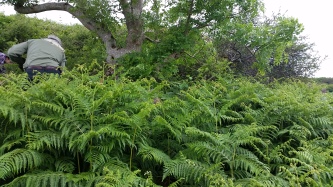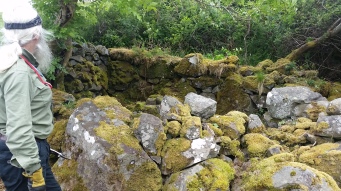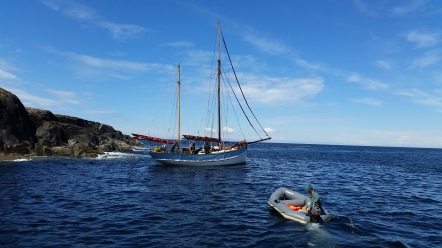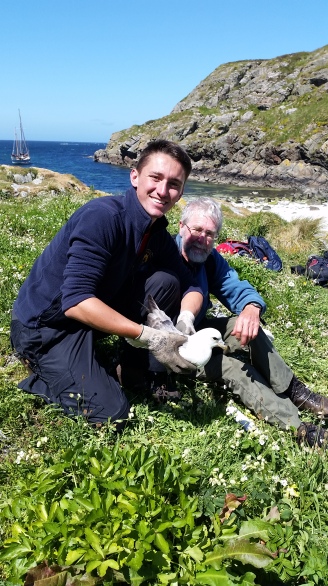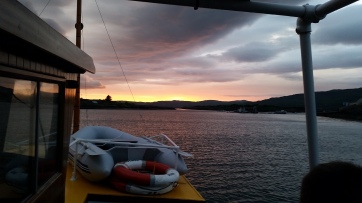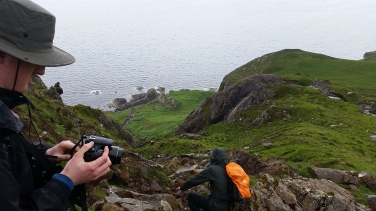Marvel at the Miniature
I was thrilled that the sun chose to shine on Wednesday for my guided walk at Loch Torr. This Forestry Commission Scotland site is really productive for the wildlife on the smaller side, including dragonflies, damselflies and butterflies but they’re only really active if the weather allows. Thankfully on the day we weren’t disappointed by the variety and complexity on offer.
We started off at the lovely Loch Torr Wildlife Hide and scanned the surrounding landscape here to spot buzzards in flight, with a family of greylag geese below on the loch itself. We wandered off up the track and discussed how an interest in the less iconic or ‘big’ species means you’ll never be disappointed – there’ll always be something to see. Our participants were shocked to realise we have two carnivorous plant species on the isle, which you can spot easily once you know what to look for. We hunted out butterwort and round-leaved sundew, both of which acquire nutrients from unsuspecting insects.
We then marvelled at mating four-spotted chasers, watching the male and female join on the wing and whilst she laid her eggs into the most unwelcoming pond – a pool of water you’d dismiss and walk on by. We had great views of these wonders of flight, but then also spotted numerous newts dwelling in the algae ridden water. These were palmate newts – Britain’s smallest amphibian. Look even closer and you might spot a camouflaged caddis fly larvae, they cover themselves in available materials and can end up looking like twigs or something much more unusual. A lesson in wildlife; expect the unexpected in the most unexpected locations!

Other species we spotted included golden-ringed dragonflies, small heath butterflies, dor beetle, red admiral butterfly and plenty of wildflowers. We’re were surrounded by the sounds of siskin and willow warbler too.
Pop-up Ranger Service
Join me this Wednesday morning at the Loch Torr Wildlife Hide for a “Pop-up Ranger” session. I’ll be at the hide with binoculars, scopes, ID guides and local wildlife knowledge. Come along and pop in! In the last few weeks we’ve had great views of buzzards, sand martins, dipper, grey wagtail, ravens and more. Otters have been seen regularly in the loch, so we’ll keep an eye out for them too.
It’s a great place to visit if the weather isn’t playing ball, or somewhere handy to stop off for lunch.
I’ll be there on Wednesday 14th, 10am-12pm.
Free, but donations welcome.

Mull Eagle Watch
Look out for a Mull Eagle Watch blog coming soon with some exciting images giving a real insight into the nest life of our fast growing chicks. Our eaglet pair at West Ardhu (North West Mull Community Woodland) were ringed earlier this week, which will allow us to monitor their progress in future years.
The season with both our eagle pairs is going well and we’re getting some great views of the adults and youngsters in their nests. It’s flying by though, as the West Ardhu eagle chicks are around 6 weeks old already!
Thanks for reading, back soon with another one!
Rachel (Mull Eagle Watch Ranger)


